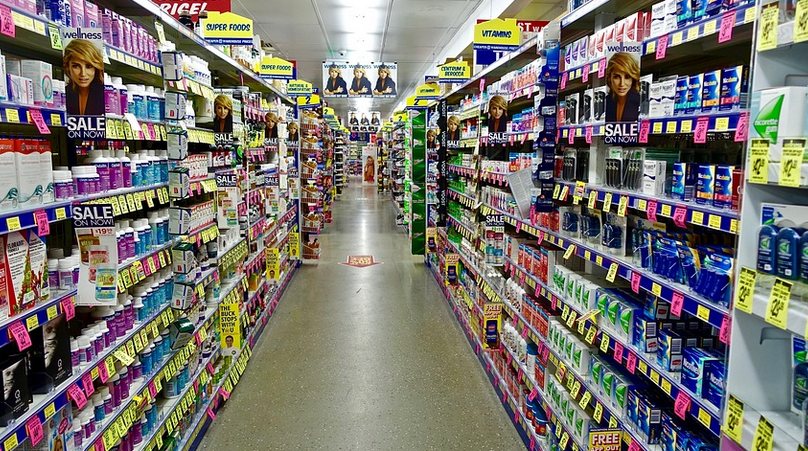Introduction
HDPE pipes are widely used in various industries due to their durability, flexibility, and resistance to corrosion. However, it is crucial to understand their chemical resistance properties to ensure their longevity and performance. In this article, we will discuss the HDPE pipe chemical resistance chart, its significance, and how it can help you choose the right HDPE pipe for your specific industry needs.
What is HDPE Pipe Chemical Resistance Chart?
HDPE pipe chemical resistance chart is a comprehensive guide that lists the resistance properties of HDPE pipes to different chemicals, solvents, and substances. It is an essential tool that helps engineers and industry professionals select the appropriate HDPE pipe for their applications. The chart provides information on the resistance of HDPE pipes to corrosion, oxidation, and degradation caused by chemicals and other substances.
Importance of HDPE Pipe Chemical Resistance Chart
HDPE pipe chemical resistance chart is vital in determining the compatibility of HDPE pipes with various chemicals and substances. By using the chart, engineers and industry professionals can select the right HDPE pipe that can withstand the chemical environment of their applications. The chart also provides information on the concentration and temperature limits of the chemicals and substances that HDPE pipes can handle. This information is crucial in preventing pipe failure and ensuring the safety and longevity of the overall system.
Factors Affecting HDPE Pipe Chemical Resistance
The chemical resistance of HDPE pipes is affected by various factors, including the type of chemical or substance, concentration, temperature, and pressure. The chemical structure of the HDPE pipe itself also plays a significant role in its chemical resistance properties. The molecular weight, branching, and crystallinity of HDPE pipes affect their resistance to chemicals and solvents.
HDPE Pipe Chemical Resistance Properties
HDPE pipes have excellent chemical resistance properties, making them suitable for various industrial applications. They are resistant to most acids, including sulfuric, hydrochloric, and phosphoric acids. HDPE pipes are also resistant to alkalis, salts, and most organic solvents. However, they are not compatible with some aromatic hydrocarbons, chlorinated hydrocarbons, and some ketones.
Chemicals and Substances Compatible with HDPE Pipes
The following chemicals and substances are compatible with HDPE pipes: • Acids – Sulfuric, nitric, hydrochloric, and phosphoric acids • Alkalis – Sodium hydroxide and potassium hydroxide • Salts – Sodium chloride, calcium chloride, and potassium chloride • Organic solvents – Ethanol, methanol, acetone, and toluene
Chemicals and Substances Incompatible with HDPE Pipes
The following chemicals and substances are not compatible with HDPE pipes: • Aromatic hydrocarbons – Benzene, toluene, and xylene • Chlorinated hydrocarbons – Chloroform, carbon tetrachloride, and trichloroethylene • Ketones – Acetone, methyl ethyl ketone, and cyclohexanone
Conclusion
The HDPE pipe chemical resistance chart is a crucial tool in selecting the right HDPE pipe for your specific industry needs. It provides essential information on the resistance properties of HDPE pipes to different chemicals and substances. By using the chart, engineers and industry professionals can ensure the longevity and performance of the overall system. Remember to consider the concentration, temperature, and pressure limits of the chemicals and substances that HDPE pipes can handle. Additionally, always consult the manufacturer’s recommendations and guidelines for proper installation and maintenance of HDPE pipes in your application.

